
Have you ever heard the phrase "lo and behold" and wondered what it means? This expression is often used in conversation, writing, and even in movies or TV shows, but many people aren't quite sure what it signifies. In this article, we'll explore the meaning of "lo and behold" and its origins.
What Does "Lo And Behold" Mean?

The phrase "lo and behold" is an idiomatic expression that means to look or see something surprising or unexpected. It is often used to introduce a statement or story that involves a sudden turn of events or a shocking revelation. For example, "Lo and behold, I found my missing keys in the couch cushions!"
Origins of "Lo And Behold"
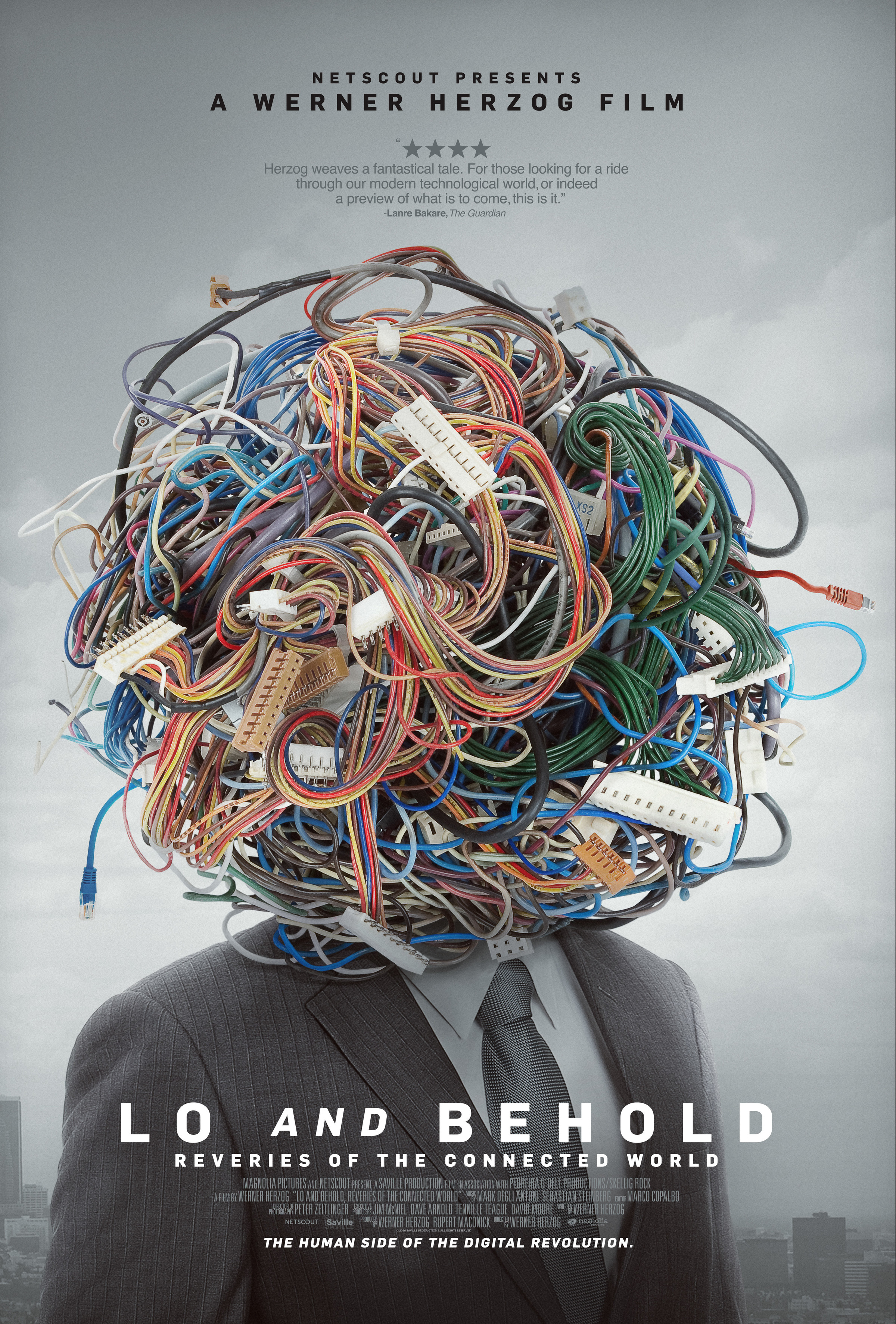
The origins of "lo and behold" can be traced back to the Middle Ages when the phrase "lo" was used as an interjection to draw attention to something. It comes from the Old English word "lā," which was used in the same way. "Behold," on the other hand, has been used in English since the 14th century and means to see or observe something.
Over time, the two words were combined to create the phrase "lo and behold," which has been in use since at least the 1800s. It was often used in religious texts to draw attention to something miraculous or awe-inspiring that had just occurred.
Examples of "Lo And Behold"

The phrase "lo and behold" is commonly used in everyday conversation and writing. Here are some examples:
- "Lo and behold, the new restaurant opened up next door."
- "I was walking down the street when, lo and behold, I saw a celebrity."
- "Lo and behold, my old friend from high school was at the party."
- "I opened up the box and, lo and behold, it was exactly what I needed."
As you can see, "lo and behold" is often used to introduce a surprise or unexpected event in a story or statement. It can also be used to express amazement or disbelief at something that has just happened.
Conclusion

In summary, "lo and behold" is an idiomatic expression that means to see or witness something surprising or unexpected. Its origins can be traced back to the Middle Ages, and it has been in use for centuries. Whether you're writing a story, recounting an experience, or simply having a conversation, "lo and behold" is a useful phrase to have in your vocabulary.
Related video of Lo And Behold Meaning

“Living the dream” is a phrase that many people use to describe their perfect life. It’s a popular quote that can be heard in movies, music, and everyday conversations. But where did this quote originate from? In this article, we’ll explore the history behind the “Living the dream” quote.
The Origins of the Phrase

The exact origin of the phrase “Living the dream” is unknown. However, it’s believed that the phrase originated in the United States in the 20th century. It’s a phrase that’s commonly used in the military, as soldiers often use it to describe their ideal post-service life.
Over time, the phrase has become more mainstream and is now used to describe anyone who is living a life that they consider to be perfect or ideal.
The Use of the Phrase in Popular Culture

The “Living the dream” quote has been used in popular culture for decades. It’s often used in movies, TV shows, and music to describe a character’s ideal life or situation. For example, in the movie The Shawshank Redemption, the character Andy Dufresne uses the phrase when he finally escapes from prison and starts a new life.
In addition to movies and TV shows, the “Living the dream” quote has also been used in music. The popular rock band Van Halen has a song titled “Jump” that includes the lyrics “Might as well jump, go ahead and jump. Might as well jump, go ahead and jump. Hey you! Who said that? Baby, how you been? You say you don’t know, you won’t know until you begin. So can’t you see me standing here, I’ve got my back against the record machine. I ain’t the worst that you’ve seen. Oh can’t you see what I mean? Might as well jump. Go ahead and jump. Might as well jump. Go ahead and jump.”
The Meaning Behind the Quote
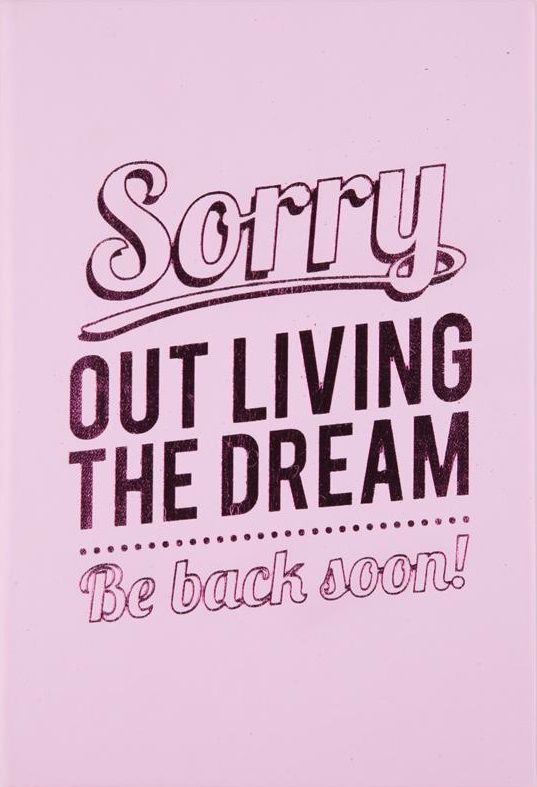
The “Living the dream” quote means different things to different people. For some, it means achieving financial success and living a life of luxury. For others, it means being happy and content with their life, regardless of their financial situation.
Ultimately, the meaning behind the quote is subjective and depends on the individual using it. Some people use it ironically, while others use it sincerely to describe their ideal life.
The Impact of the Quote
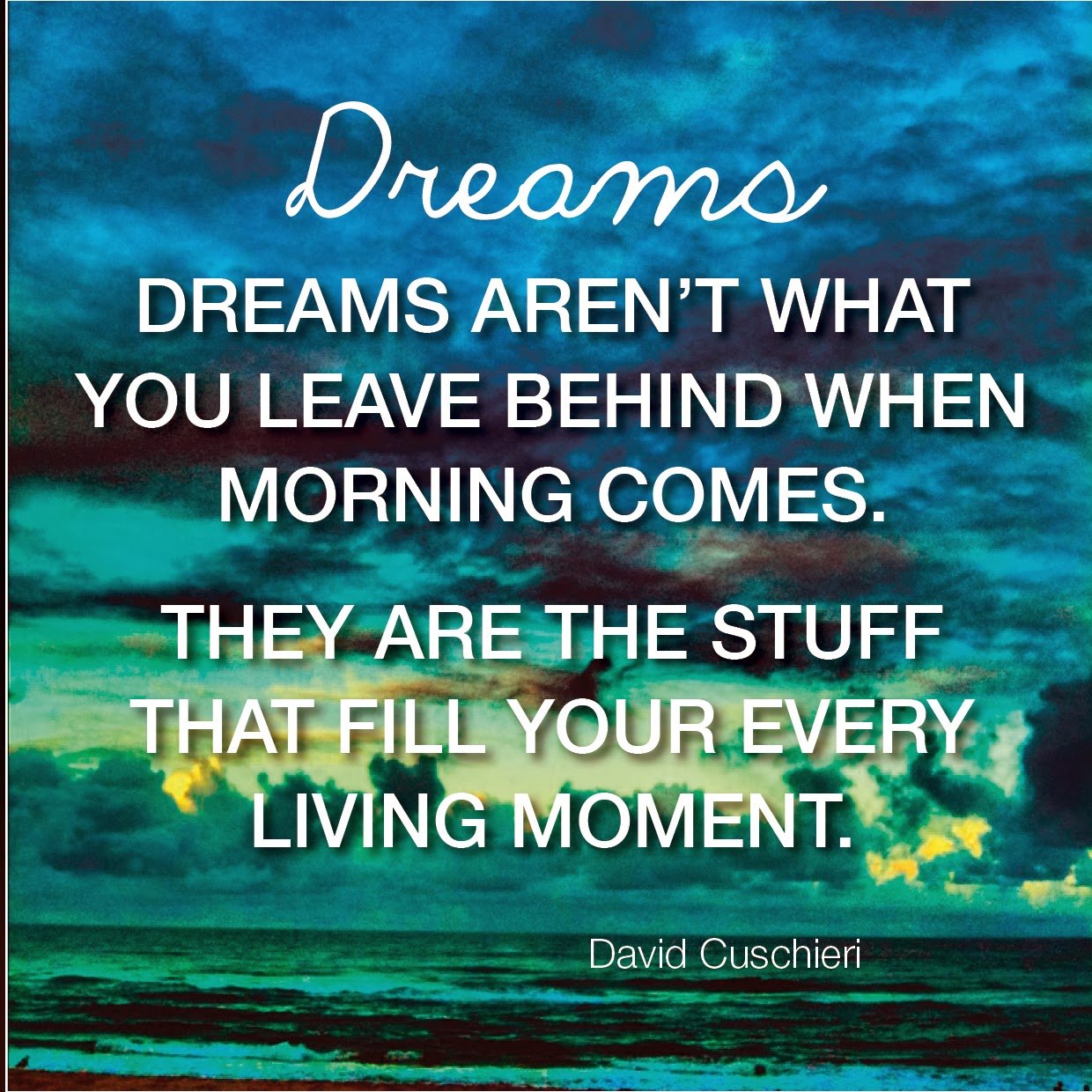
The “Living the dream” quote has had a significant impact on popular culture. It’s become a popular phrase that’s used to describe a variety of situations, from achieving financial success to finding happiness in everyday life.
The quote has also become a popular hashtag on social media platforms like Instagram and Twitter, where people use it to showcase their ideal life and share their successes with others.
In Conclusion
The “Living the dream” quote may have an unknown origin, but it’s become a popular phrase that’s used to describe an ideal life. It’s been used in popular culture for decades and has had a significant impact on how people view success and happiness.
Whether you use the quote ironically or sincerely, it’s clear that it will continue to be a popular phrase for years to come.
Related video of Living The Dream Quote Origin

The Sorting Hat was almost named the "Talking Hat"
One of the most iconic items in the Harry Potter series is the Sorting Hat, which divides students into their respective Hogwarts Houses. However, the Sorting Hat almost had a different name. J.K. Rowling originally planned to call it the "Talking Hat" but eventually changed it to the Sorting Hat.
Hagrid was not always intended to be the lovable giant we know and love
Everyone loves Hagrid, the giant, gentle, and loyal groundskeeper of Hogwarts. However, J.K. Rowling originally envisioned Hagrid as a more stern and serious character. But as she wrote, he evolved into the lovable giant we know today.
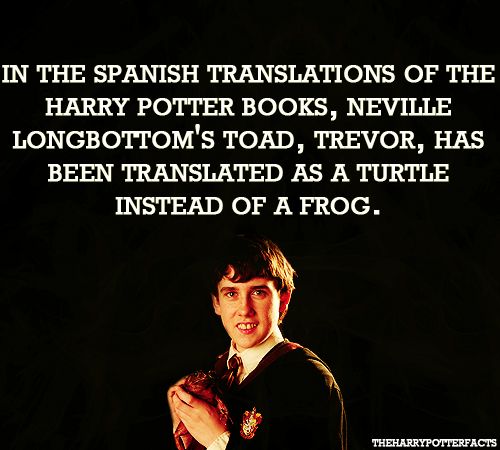
The Hogwarts Express is real, sort of
The Hogwarts Express is the train that takes students from Platform 9 3/4 to Hogwarts School of Witchcraft and Wizardry. While the train itself isn't real, the locomotive that was used in the films is a real steam train called the "Olton Hall." It is now a tourist attraction in England.
Quidditch was inspired by a childhood game
Quidditch, the beloved wizarding sport, was inspired by a game that J.K. Rowling played as a child. She and her friends would play a game called "Rooftop Quid," which involved running around on the roof while trying to catch a ball.
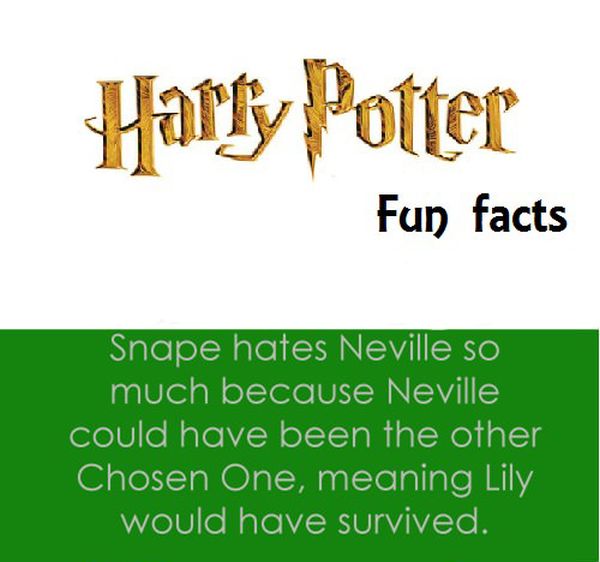
The Marauder's Map had a secret insult for Snape
The Marauder's Map is a magical map that shows the location of everyone at Hogwarts. It was created by James Potter, Sirius Black, Remus Lupin, and Peter Pettigrew, who were known as the Marauders. The map also had a secret insult for Snape, who was labeled as "Snivellus."
The Deathly Hallows symbol has a personal connection for J.K. Rowling
The symbol of the Deathly Hallows, which represents the Elder Wand, the Resurrection Stone, and the Cloak of Invisibility, has a personal connection for J.K. Rowling. She came up with the idea while on a plane ride after her mother's death, and it represents the idea of "the futility of seeking more time in life when the most precious thing is to have time with people we love."
The actors who played Fred and George Weasley are not naturally redheads
James and Oliver Phelps, who played the mischievous Weasley twins, Fred and George, in the films, are not naturally redheads. They had to dye their hair for the entire duration of the filming.
The Hogwarts motto was inspired by a poem
The Hogwarts motto, "Draco dormiens nunquam titillandus," which means "Never tickle a sleeping dragon," was inspired by a 16th-century Latin poem called "De Arte Honeste Amandi" by Giovanni Boccaccio. The poem states, "Do not arouse the sleeping lion, do not disturb the sleeping dog, and do not provoke the sleeping snake."
The first Harry Potter book was rejected by multiple publishers
J.K. Rowling's first Harry Potter book, "Harry Potter and the Philosopher's Stone," was rejected by 12 publishers before Bloomsbury finally accepted it. It went on to become a worldwide phenomenon and launch Rowling's career as a writer.
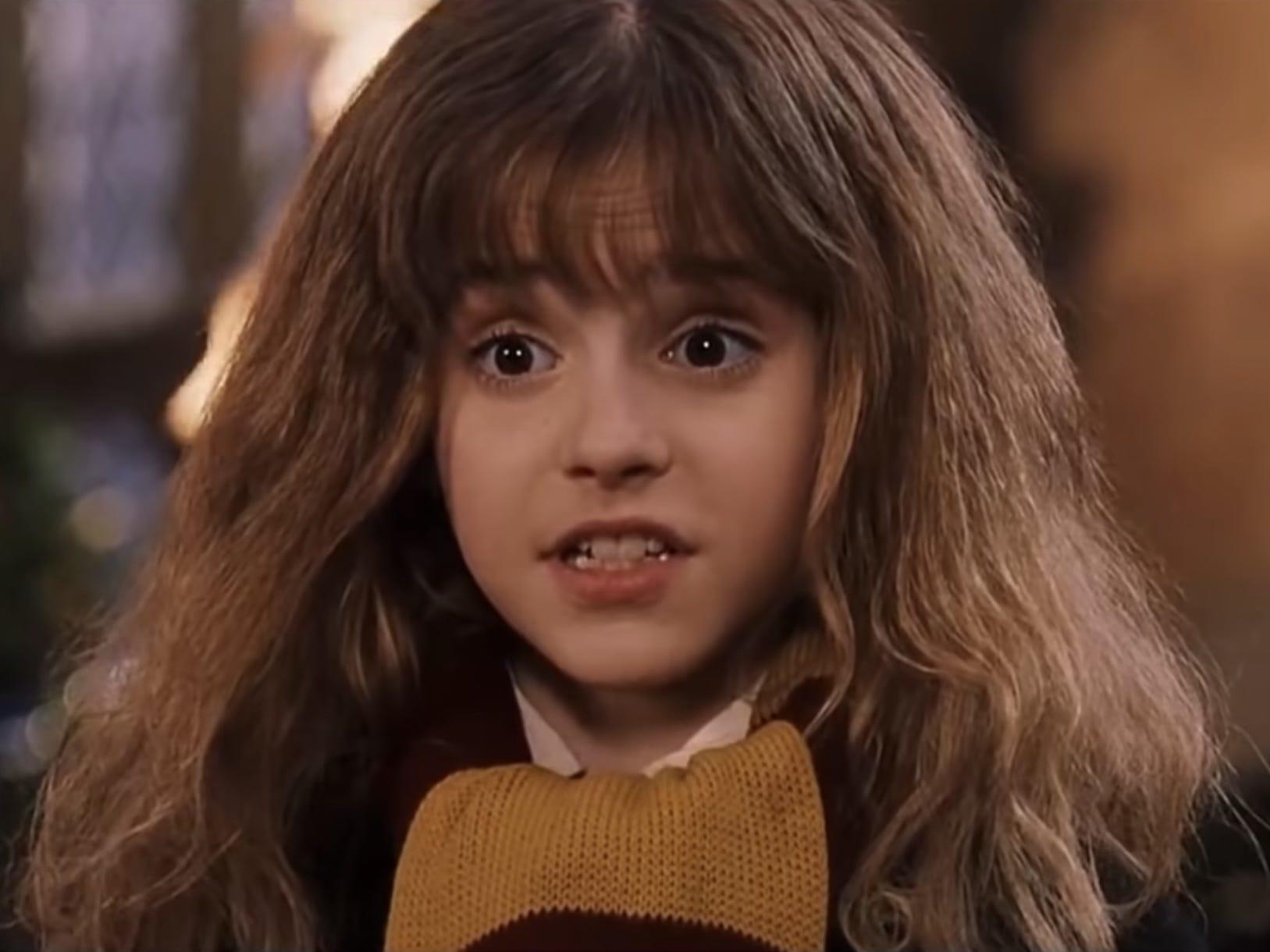
The Hogwarts Express was almost replaced by a flying car
In the second book, "Harry Potter and the Chamber of Secrets," Harry and Ron fly to Hogwarts in a car after missing the Hogwarts Express. This was almost a permanent change to the series, as J.K. Rowling originally considered having the students fly to school instead of taking the train.
The Dementors were inspired by J.K. Rowling's struggle with depression
The Dementors, the soul-sucking creatures that guard Azkaban Prison, were inspired by J.K. Rowling's struggle with depression. She has said that the Dementors represent "that absence of being able to envisage that you will ever be cheerful again."
Hogwarts was inspired by J.K. Rowling's childhood home
Hogwarts School of Witchcraft and Wizardry was inspired by J.K. Rowling's childhood home in Gloucestershire, England. The castle-like structure and surrounding forests and hills provided the inspiration for the magical school.
The Mirror of Erised shows the viewer's deepest desires
The Mirror of Erised, which is hidden in Hogwarts, shows the viewer their deepest desires. The word "Erised" is "Desire" spelled backwards, and J.K. Rowling has said that if you look into the mirror long enough, "you will see yourself, exactly as you are, but with the happiest possible life you could have."

Hermione's parents are dentists
Hermione Granger, one of the main characters in the series, comes from a Muggle family. Her parents are both dentists, and they are initially hesitant to let her attend Hogwarts. However, they eventually come around and support her magical education.
The Hogwarts Houses are based on personality traits
The four Hogwarts Houses, Gryffindor, Hufflepuff, Ravenclaw, and Slytherin, are based on different personality traits. Gryffindor values bravery, Hufflepuff values loyalty, Ravenclaw values intelligence, and Slytherin values ambition.
The Harry Potter series is the bestselling book series of all time
The Harry Potter series has sold over 500 million copies worldwide, making it the bestselling book series of all time. It has been translated into 80 languages and has been adapted into movies, stage shows, and theme park attractions.
There is a real-life Diagon Alley in London
Diagon Alley is the magical shopping street in the wizarding world where Hogwarts students buy their school supplies. While the fictional version is located in London, there is a real-life Diagon Alley in the city. It is located in Leadenhall Market and is home to several Harry Potter-themed shops and attractions.
The Harry Potter series has its own theme park
The Wizarding World of Harry Potter is a theme park located in Orlando, Florida. It features several attractions, including a recreation of Hogwarts Castle, a roller coaster called "Dragon Challenge," and a re-creation of Diagon Alley.
The Harry Potter series has won multiple awards
The Harry Potter series has won numerous awards, including several Hugo Awards, Bram Stoker Awards, and British Book Awards. J.K. Rowling has also been honored with multiple literary awards for her contributions to children's literature.
Harry Potter was born on July 31st
The main character of the series, Harry Potter, was born on July 31st, which is also J.K. Rowling's birthday. This date is now celebrated as "Harry Potter Day" by fans around the world.
The Harry Potter series has its own language
The wizarding world in the Harry Potter series has its own language, called "Parseltongue." It is the language of snakes and is spoken by Harry and Voldemort, among others. It is also used in the series as a plot device, as it allows Harry to understand and communicate with snakes.

Conclusion
These are just a few of the many little-known facts about the Harry Potter series. From the inspiration behind the characters to the real-life locations that inspired the magical world, there is always something new to discover about these beloved books and movies.
Related video of Little Known Harry Potter Facts
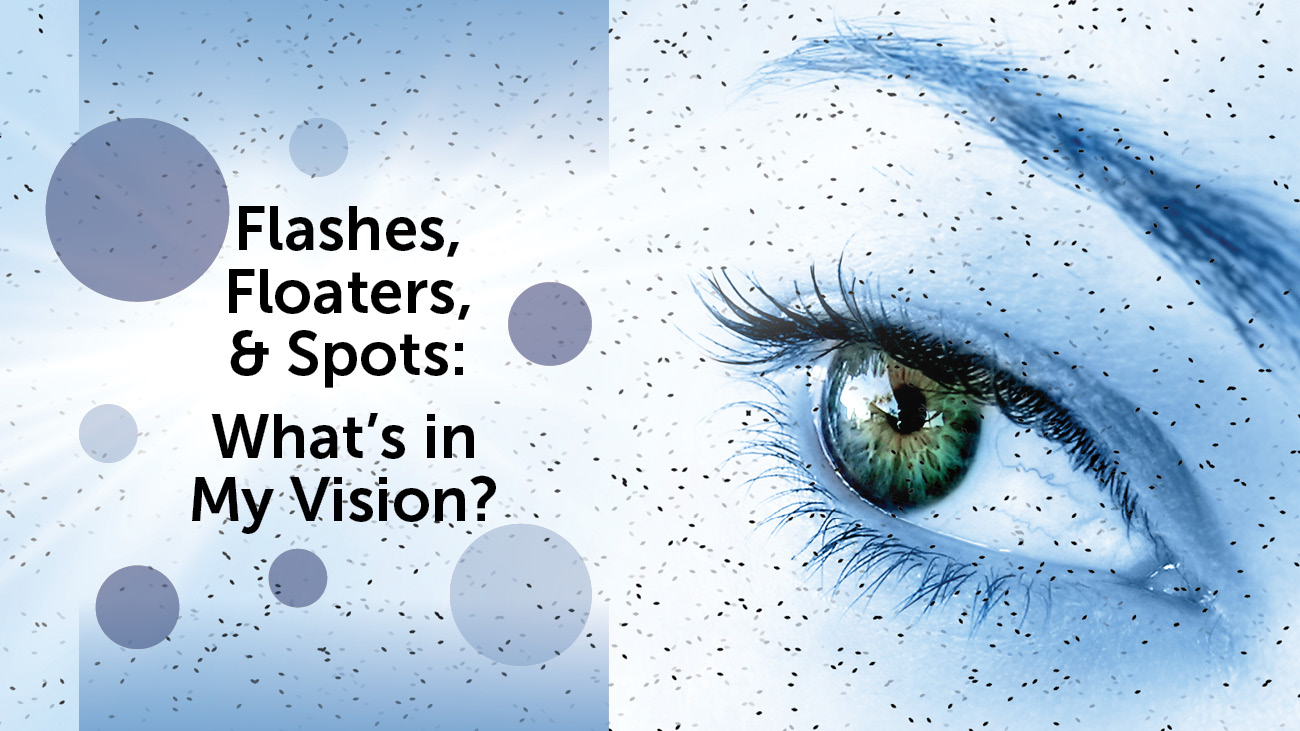
Have you ever noticed tiny black spots or specks floating in your vision? If yes, then you have seen eye floaters. Eye floaters are tiny specks or spots that drift across your field of vision. They can move when your eyes move and usually appear to dart away when you try to look at them directly.
What Are Eye Floaters?

Eye floaters are made up of tiny clumps of cells or protein that form in the vitreous, the jelly-like substance that fills the back of your eye. When light enters your eye, it passes through the vitreous and casts a shadow on your retina, the light-sensitive tissue at the back of your eye. This is what causes the little black spots you see in your vision.
Who Gets Eye Floaters?

Eye floaters are common and can affect people of all ages, but they are more common in people over the age of 50. As you get older, the vitreous in your eye becomes more liquid and can shrink or pull away from the retina. This can cause the clumps of cells or protein to become more visible and appear as floaters in your vision.
What Causes Eye Floaters?

Aside from age-related changes to the vitreous, eye floaters can also be caused by a number of other factors. These include:
- Eye infection or inflammation
- Eye injury or trauma
- Diabetes
- Eye tumors
- Migraine headaches
When Should I Be Concerned About Eye Floaters?
Most eye floaters are harmless and don't require treatment. However, if you suddenly start seeing a lot of floaters or flashes of light, it could be a sign of a more serious problem such as a tear in the retina or a retinal detachment. If you experience any of the following symptoms, you should see an eye doctor immediately:
- A sudden increase in the number of floaters you see
- Flashes of light in your vision
- A loss of peripheral vision
- A curtain-like shadow across your vision
How Are Eye Floaters Treated?
Most eye floaters do not require treatment and will eventually go away on their own. However, if they are causing significant vision problems or are interfering with your daily activities, your eye doctor may recommend one of the following treatments:
- Laser therapy
- Vitrectomy
- Medication
- Eye drops
Can Eye Floaters Be Prevented?
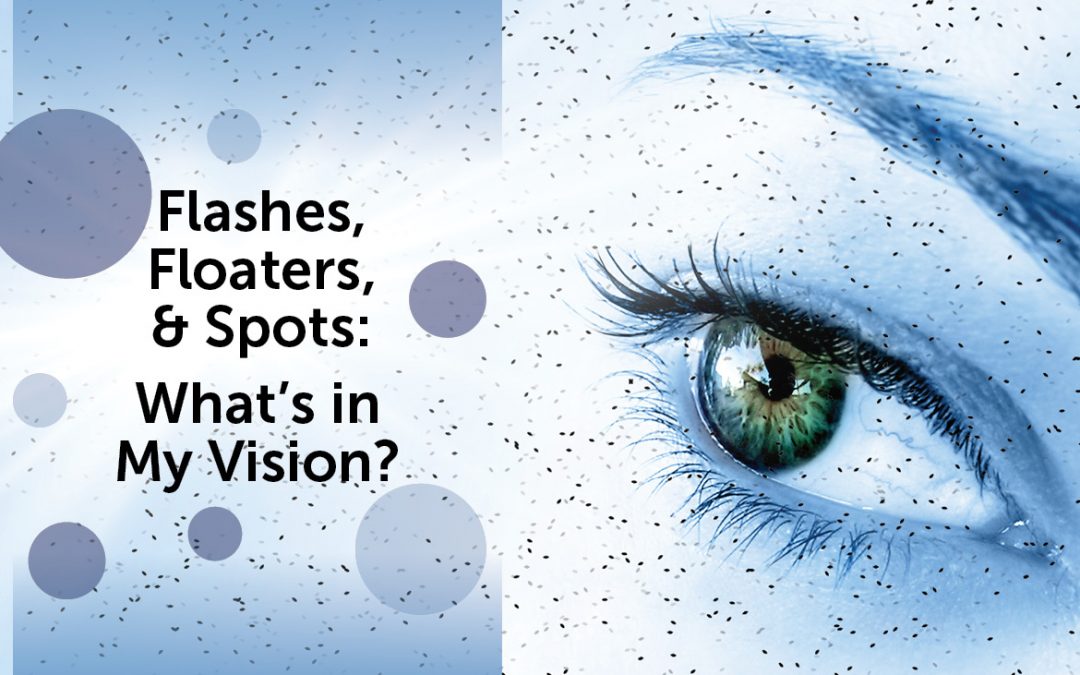
Eye floaters cannot be completely prevented, but there are some things you can do to reduce your risk of developing them. These include:
- Eating a healthy diet
- Exercising regularly
- Wearing protective eyewear
- Getting regular eye exams
The Bottom Line

Eye floaters are a common and usually harmless condition that can be annoying but do not require treatment. However, if you suddenly start seeing a lot of floaters or flashes of light, it could be a sign of a more serious problem and you should see an eye doctor immediately. While you cannot completely prevent eye floaters, taking care of your eyes and getting regular eye exams can help reduce your risk of developing them.
Related video of Little Black Spots Floating In My Vision

Concrete is a widely used building material that is known for its strength and durability. However, when it comes to storing lithium-ion batteries, concrete may not be the best option. Lithium-ion batteries are commonly used in electric vehicles, cell phones, and other electronic devices. These batteries are known for their high energy density and long life. However, they can also be dangerous if not stored properly. In this article, we will explore the effects of storing lithium-ion batteries on concrete and the best ways to store them.
Why is storing lithium-ion batteries on concrete a concern?

When lithium-ion batteries are stored on concrete, a chemical reaction can occur between the battery and the concrete. This reaction can cause the battery to leak or even explode. This is because concrete is a porous material, which means that it can absorb liquids. When a lithium-ion battery is placed on concrete, the concrete can absorb the battery's electrolyte fluid. This can cause the battery to short-circuit and ignite.
What are the best ways to store lithium-ion batteries?
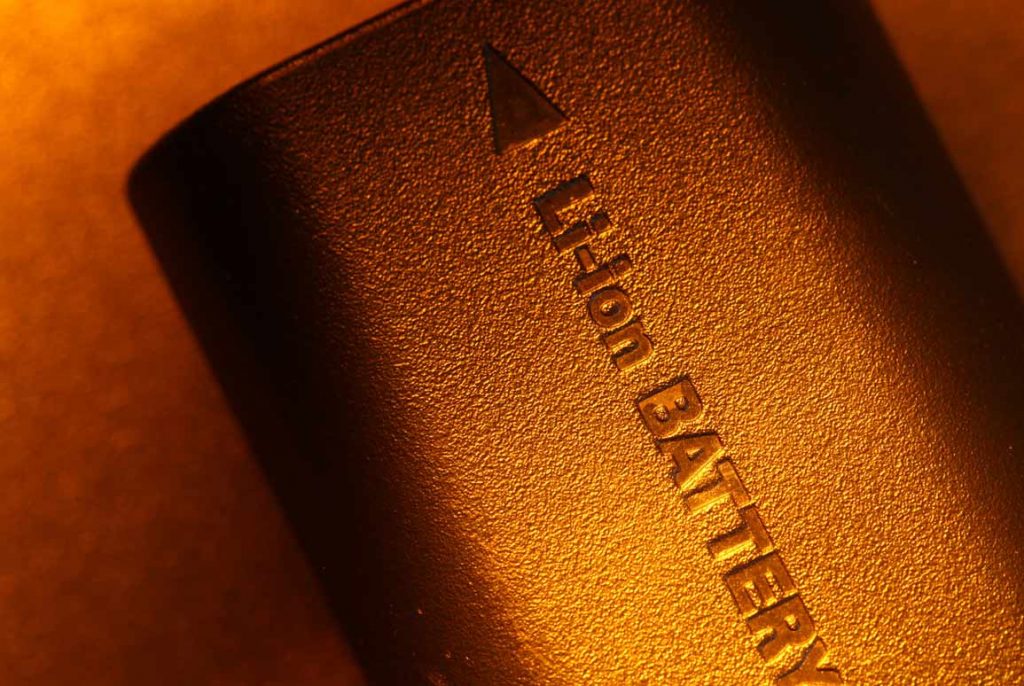
The best way to store lithium-ion batteries is in a cool, dry place. This can help to prevent the batteries from overheating and potentially catching fire. It is also important to store the batteries in a location that is well-ventilated. This can help to prevent the buildup of gases that can be produced when the batteries are charging or discharging.
If you need to store lithium-ion batteries for an extended period of time, it is recommended to store them at a partial state of charge. This means that the battery should be charged to around 50% before it is stored. Storing the battery at a partial state of charge can help to prevent the battery from deteriorating over time.
What are the risks of storing lithium-ion batteries?

Storing lithium-ion batteries incorrectly can be extremely dangerous. If a lithium-ion battery is stored in a location that is too hot or too cold, it can overheat and potentially catch fire. Additionally, if the battery is damaged or punctured, it can release toxic gases or even explode. It is important to handle lithium-ion batteries with care and to store them in a safe location.
Conclusion
While concrete may seem like a sturdy material for storing lithium-ion batteries, it can actually be quite dangerous. When a lithium-ion battery is stored on concrete, it can cause a chemical reaction that can lead to leakage and even explosions. It is important to store lithium-ion batteries in a cool, dry place that is well-ventilated. If you need to store the batteries for an extended period of time, it is recommended to store them at a partial state of charge. By following these guidelines, you can help to ensure that your lithium-ion batteries are stored safely and securely.
Related video of Lithium Ion Battery On Concrete
Language is constantly evolving, and the meanings of words are no exception. Words that once meant one thing can now have a completely different meaning. Here is a list of words that have changed meaning over time.
Awful
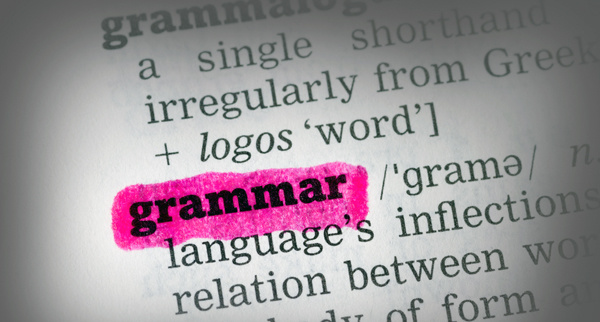
The word "awful" used to mean "inspiring awe" or "worthy of respect." However, over time, its meaning has shifted to mean "terrible" or "very bad."
Gay

The word "gay" used to mean "happy" or "carefree." However, it has since taken on a new meaning as a term used to describe homosexuality.
Nice

The word "nice" used to mean "foolish" or "stupid." It has since evolved to mean "pleasant" or "agreeable."
Meat

The word "meat" used to mean "food" in general. It now specifically refers to animal flesh.
Silly

The word "silly" used to mean "happy" or "blessed." It has since taken on a new meaning to describe something that is foolish or trivial.
Girl

The word "girl" used to refer to a child of either gender. It is now used to specifically describe a young female.
Cripple

The word "cripple" used to be a common term to describe someone with a physical disability. However, it is now considered offensive and replaced with the term "disabled."
Decimate

The word "decimate" originally meant "to kill one in ten." However, it has since taken on a new meaning to describe the destruction of a large portion of something.
Fond

The word "fond" used to mean "foolish" or "silly." It is now used to describe an affectionate feeling towards someone or something.
Man

The word "man" used to refer to all humans, regardless of gender. It now specifically refers to adult males.
Peruse
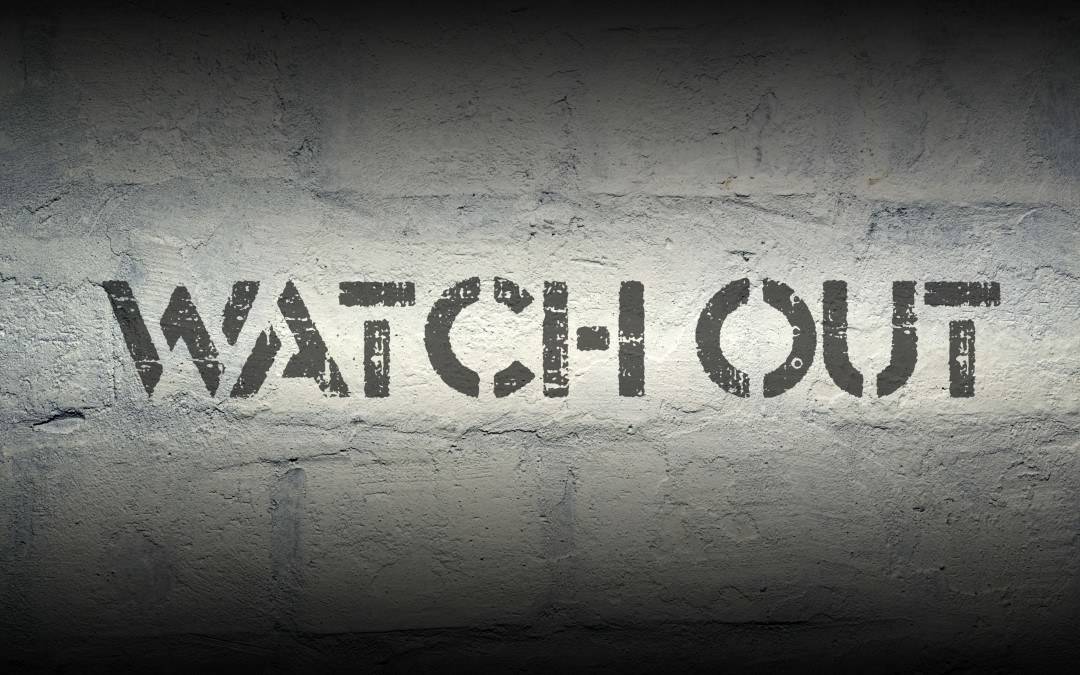
The word "peruse" used to mean "to read thoroughly." However, it has since taken on a new meaning to describe a quick skim of something.
Passionate

The word "passionate" used to mean "suffering" or "enduring." It is now used to describe a strong feeling of enthusiasm or emotion.
Artificial

The word "artificial" used to mean "skillful" or "artistic." It is now used to describe something that is not natural or authentic.
Manufacture

The word "manufacture" used to mean "to make by hand." It now refers to the mass production of goods.
Brave

The word "brave" used to mean "cowardly" or "timid." It now describes someone who is courageous or fearless.
Naughty

The word "naughty" used to mean "having nothing." It now describes someone who is mischievous or disobedient.
Flirt

The word "flirt" used to mean "to flick or throw." It now refers to someone who is playful or affectionate in a romantic way.
Demagogue

The word "demagogue" used to be a positive term, referring to a leader who was skilled in public speaking. It is now used to describe someone who appeals to people's emotions and prejudices to gain power.
Gaydar
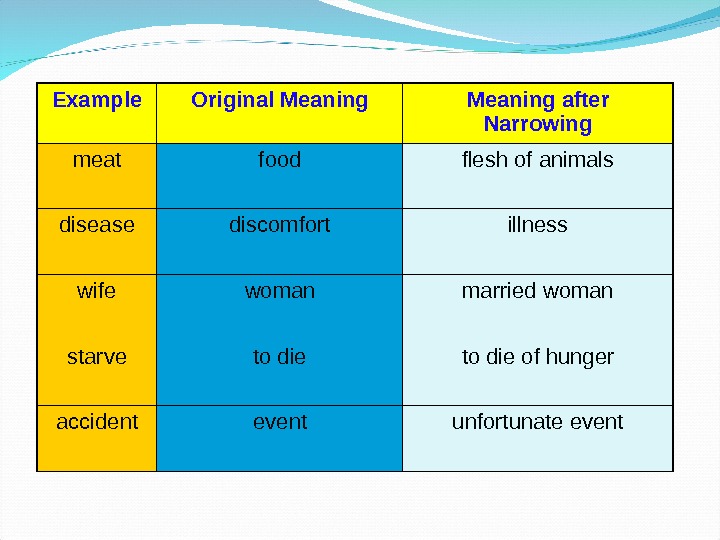
The word "gaydar" is a relatively new term that refers to a person's ability to detect homosexuality in others. It is a combination of the words "gay" and "radar."
Meta Description:
Learn about words that have changed meaning over time. Get informed to avoid misinterpretation of these words. Check out this article now!
Meta Keywords:
words, meaning, language, evolution, change, definitions, culture, history, society, communication
Related video of List Of Words That Have Changed Meaning Over Time
ads
Search This Blog
Blog Archive
- October 2022 (16)
- September 2022 (29)
- August 2022 (31)
- July 2022 (32)
- June 2022 (30)
- May 2022 (30)
- April 2022 (31)
- March 2022 (31)
- February 2022 (20)
About Me
